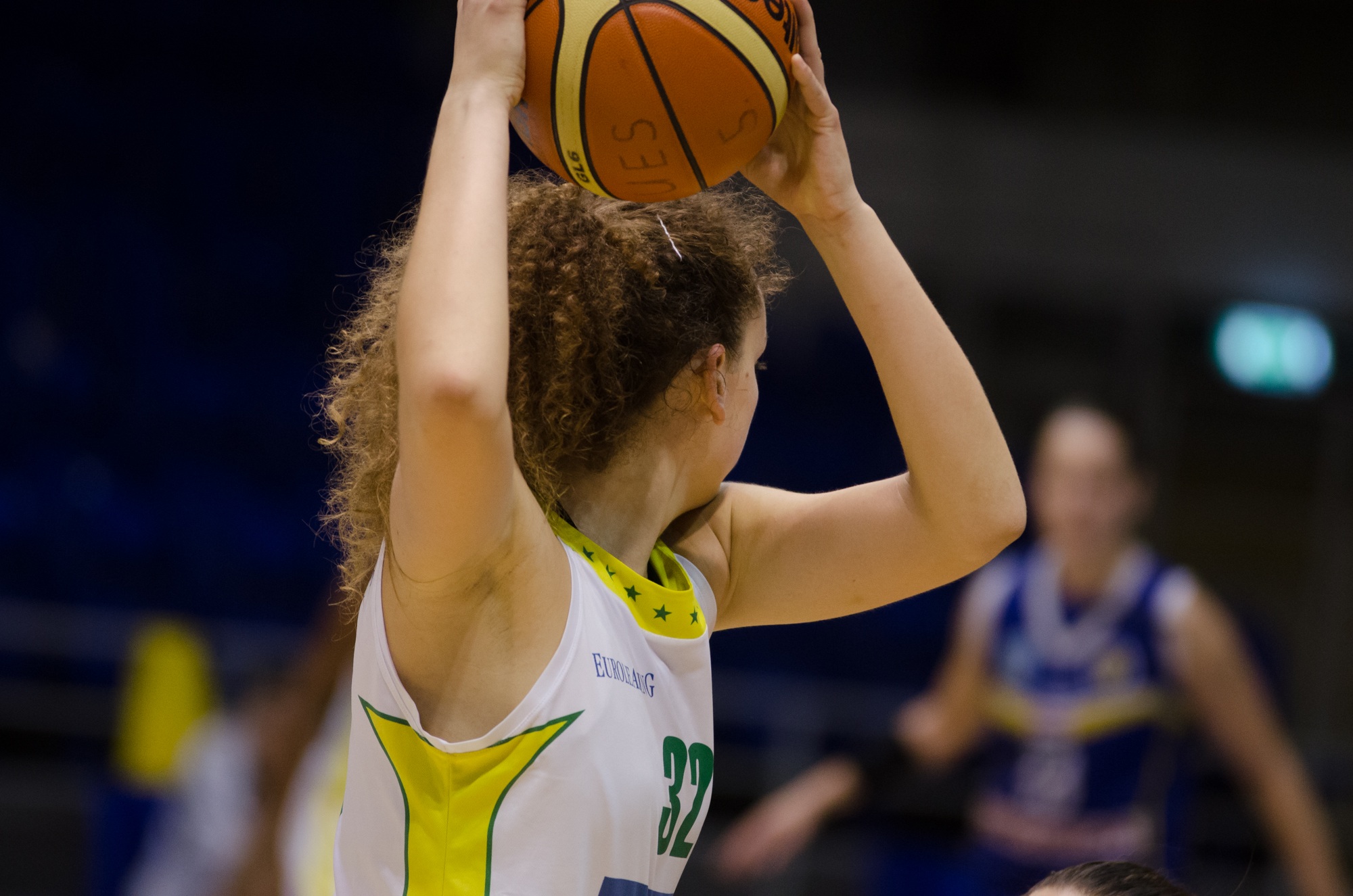The hamstring muscle group is critical to athletic success. It has a role in sprinting, jumping, agility, throwing, hitting, kicking, in other words just about every athletic movement. In addition, care of the hamstrings prevents injuries including lower back injuries and even ACL tears. In other words, it’s an important muscle group to focus on in training.
As is the case with most muscle groups, the hamstrings don’t function in isolation during athletics. This is why an athlete’s time is not going to be best served with isolation-type exercises that focus on the hamstrings. There are several kinds of tools that belong in an athlete’s hamstring-training toolkit:
- Weight room exercises
- Mobility exercises
- Speed/agility exercises
Weight room exercises
In the weight room, we want to train the hamstrings to be strong while in the lengthened position. Not only do we want to train this, but we want to target the hamstrings in conjunction with the hip extension movement. This is going to mean exercises like Romanian deadlifts, good mornings, back raises, and reverse hyperextensions.
For advanced athletes, these exercises can be done using one leg at a time or with an exaggerated eccentric component. For example, performing Romanian deadlifts while standing on one leg. Or taking as long as possible to lower oneself during back raises.
What about knee flexion? Aren’t the hamstrings important with that motion as well? Yes, again though we want to limit spending a lot of time on isolation-type movements. This is going to mean exercises like squats, lunges, step-ups, glute-ham raises, and the Nordic hamstring curl.
Mobility exercises
These exercises serve as great warm-ups. They can be used before speed/agility training, before strength training, and even before practice or competitions. These include exercises like marches (i.e. straight legs), inchworms, and even crab walks. Each of these is done for a distance, usually 10-20 meters at a time.
Speed/agility exercises
Several speed and agility exercises can be performed in a manner that targets the hamstrings. A and B drills are used to simulate sprinting movement patterns and develop sprinting technique – but they also train the hamstrings in the manner in which they will be used during sprinting.
In addition, resisted sprinting can be modified to focus on developing the hamstrings. For example, an athlete can turn around and walk backwards against the resistance (instead of running forwards) to focus on hamstring development. The great thing about this approach to training is that we don’t have to worry about it interfering with sprinting mechanics. Again, these exercises are usually done for distance, usually 10-20 meters at a time.
How best to incorporate all the above? First, the weight room exercises should be done year round whenever the lower body is being trained. Second, the mobility exercises can be done year round as well as part of the warm-up though there is no need to do all of them every time, usually one or two a session is plenty. Finally, the speed and agility exercises should be included as part of those sessions. Things like the resisted work should be integrated into the program a few weeks prior to any dramatic increases in speed/agility volume to help get the body prepared.
A sample week of training incorporating all this is in the table below.
| Mon | Tues | Wed | Thurs | Fri | |
| Focus | Maximal strengthAcceleration | PowerMaximum velocity
|
Off | HypertrophyConditioning | Hypertrophy |
| Warm-up | Jump rope/ heavy rope, (5-10 minutes)Leg swings, marches, lunges, speed/agility technique exercises, 5-10 minutes | Kettlebell circuit (5-10 minutes)Leg swings, inchworms, crab walks, speed/agility technique exercises, 5-10 minutes | Off | Jump rope/ heavy rope, (5-10 minutes)Leg swings, marches, lunges, speed/agility technique exercises, 5-10 minutes | Kettlebell circuit (5-10 minutes)Suspension training circuit (5-10 minutes) |
| Strength training | Back squats, 3×4-8×75-85%Romanian deadlifts, 3×4-8
Bench press, 3×4-8×75-85% Bent-over rows, 3×4-8 Military press, 3×4-8 |
Power snatch, 3×3-5×60-70%Snatch pulls, 3×4-6×70-80%
Power clean + push jerk, 3×3+2×60-70% |
Off | Split squats, 3×12-15 each legLunges, 3×21-15 each leg
Good mornings, 3×12-15 Reverse hyperextensions, 3×12-15 Calves, 3×15-20 |
Incline press, 3×12-15Pull-ups, 3xMax
Dumbbell shoulder press, 3×12-15 Biceps/triceps, 3×12-15 each |
| Speed/agility | Stride length drills, 3×5 metersBackwards resisted walks, 3×10 meters
Standing starts, 3×10 meters |
Bounds, 3×20 metersStanding starts, 3×60 meters
|
Off | 10×40 meters | N/A |
| Plyometrics | N/A | Vertical jumps, 10xHorizontal jumps, 10 meters | Off | N/A | Medicine ball throws |

